Addiction always negatively affects the addict, but it also affects literally everybody that they come in contact with. Let’s look at some of those types of different relationships:
Friends
The relationship typically is a one sided relationship.
It is going to sour quickly, probably because you’re not bringing anything of value to the relationship. Think of an onion. We’re not really getting past that first or second layer because people dealing with addiction aren’t really willing to let people in to the deepest, darkest parts of their heart to let them let out what’s in there. That starts looking like, “Hey, I’m going to sleep on your couch. Can I sleep on your couch? Come eat your food? Can I borrow your car? Can I take a shower in your shower?” And all of a sudden, a couple weeks later, if the person who’s letting that person stay with them isn’t using, is not dealing with addiction, that’s going to get old pretty quick.
Family
The family can be the addict’s safety net.
The addict thinks they can do whatever they want and live whatever lifestyle they want to live because they know that there’s always this place to come back to – a roof over their head, a warm shower, clothes, food, etc. It also is a one-sided relationship with family.
And family members can have a hard time seeing how the addiction has affected themselves. Behaviors related to addiction can grow slowly over time, where it is almost unnoticeable in the moment. If family gives leeway little by little, they sometimes don’t realize how much has changed in the grand scheme, before it gets to be a serious problem.
It’s not anyone’s fault though, and that’s important to know. Life happens.
—
Both types of relationships will eventually sour when the addict is constantly trying to work an angle to get what they want. The addict only sees the person as a resource or avenue to getting what they need.
If the people they spend time with is all to benefit themselves, those neuropathways are going to develop in a way that everything is self serving. Then they hit that point where people don’t want that. People get fed up with that and they don’t even want to be around that person and that is a very dangerous point for someone dealing with addiction. If they hit that point where everyone they know has just walked away, that’s the low, low point.
—
So How Can Families Start Putting The Pieces Back Together?
Assess the situation. You have to really assess what the situation is, have an open communication, find support groups, and find people who have been through this before. You are ready to make the move, but not in a reactionary way, rather a proactive way.
Take time to breathe
Once the child has entered a group or facility, parents should do things to get their minds and hearts right. Go on dates with their spouse. Spend time laughing and enjoying yourself. Parents need reprieve and to rebuild that relationship with each other, since it is most likely strained at this point. This happens when everything becomes about the child and the identity of the relationship is dealing with the addiction. Reconnect! Also take some time to be present for the other children in the family.
Find outside support
You need to be looking for solid people who love you enough to tell you the truth, are willing to listen to what you have to say, and are humble enough to say, “I don’t have all the answers.” Those are the types of people that you need to find. Typically you’re gonna find them in, in all sorts of places. But make sure you don’t form another codependent relationship.
*Note: In Missouri, you can find a Missouri Recovery Support Specialist Peer to help!
Find a really healthy church
Look for a great church that has people who are loving, who are willing to hear you, but also tell you truth there as well. You want people that will PRAY for you. That’s the types of relationships you need in these situations. That is the kind of support structure around you that’s kind of holding you up when you can’t stand on your own.
—
Once the person with the addiction comes back into the home environment when in recovery, it’s time to set some good boundaries. This can look different depending on the family, the addict, and the addiction. First and foremost, you have to remove any possible triggers. For example, if there are some questionable students at school that were involved in the child’s addiction, time to change schools. It’s also vital to set up a path of open communication between family members. Not only the everyday experiences, but how the person is feeling and dealing with the addiction. Talking about it and getting it out there is an important step in recovery.
Make the recovery process your new normal. Resist going back to what you did before recovery, just because it was comfortable or easy.




